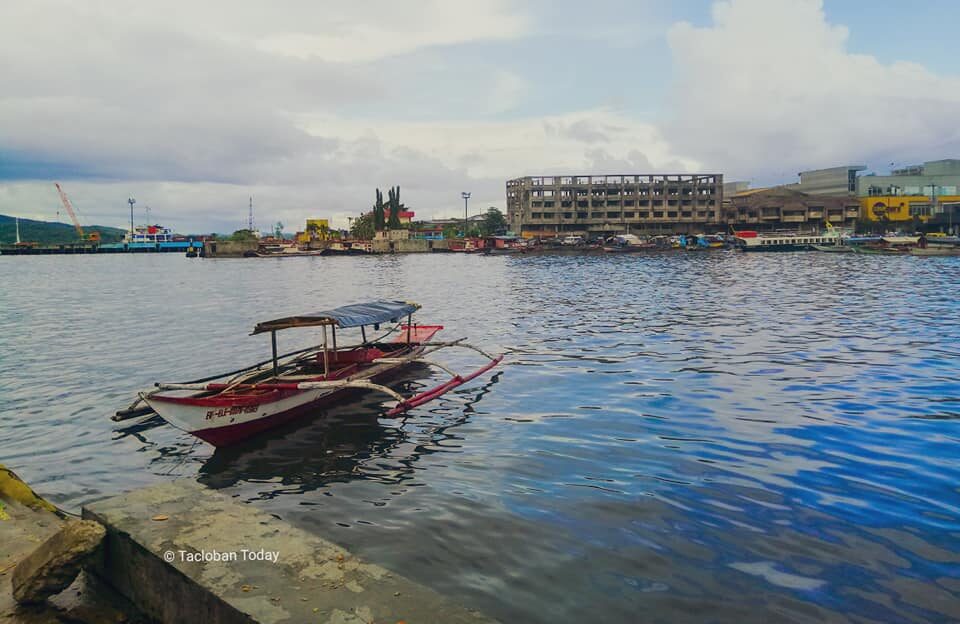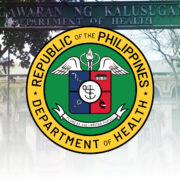2 Eastern Visayas bays now free of red tide

TACLOBAN CITY–Two bodies of water in Eastern Visayas region have tested negative for a toxic microorganism that causes red tide.
In an advisory on Nov. 19, the Bureau of Fisheries and Aquatic Resources (BFAR) reported that recent seawater samples collected from the Calubian Bay in Leyte province and San Pedro Bay in Basey, Samar province, have tested negative for Pyrodinium bahamense, a dinoflagellate known for producing the red tide toxin.
The BFAR, however, maintained a local red tide warning in several parts of Eastern Visayas where samples remain positive for the toxic microorganism.
These areas include Guiuan, Eastern Samar; Calbayog City, Samar; and Matarinao Bay, Eastern Samar covering General MacArthur, Quinapondan, Hernani and Salcedo towns.
Also affected were Cambatutay Bay in Tarangnan town, Samar; Leyte town, Leyte; Biliran Island; Carigara Bay, Leyte (including Babatngon, San Miguel, Barugo, Carigara and Capoocan); Daram and Zumarraga islands in Samar; and Irong-Irong Bay in Catbalogan City.
The BFAR advised the public not to collect, sell, eat, or transport all types of shellfish and Acetes sp., locally known as “alamang” or “hipon,” from these affected bays and bodies of water.
Fish, squid, shrimp and crabs are considered safe for human consumption, provided they are fresh, thoroughly washed, and their internal organs, such as gills and intestines, are removed before cooking.
The BFAR regularly analyzes water samples through its regional laboratory in Tacloban City to ensure that shellfish from different bays in the region are safe for human consumption.
Red tide is a term used to describe a phenomenon where the water gets discolored by high algal biomass or the concentration of algae.

















